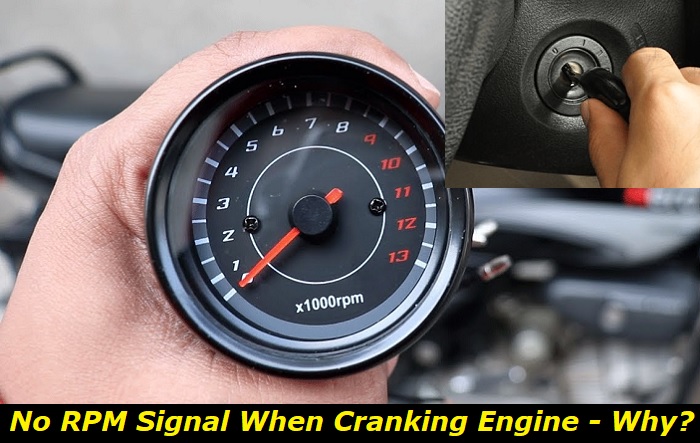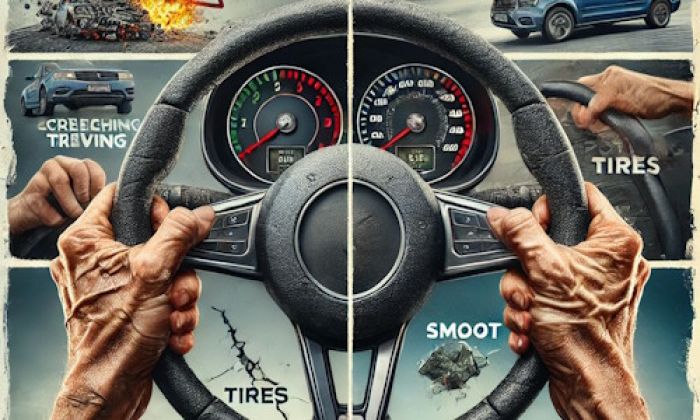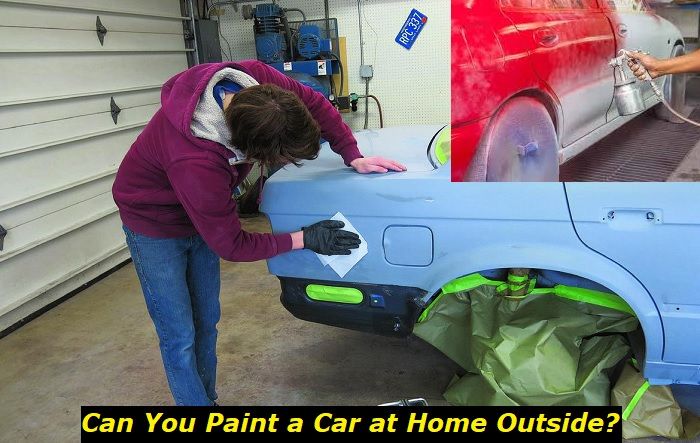The crankshaft controls your vehicle's RPM so it can be quite frustrating to get crank signals but no RPM or ignition signals. Your first instinct would be to check for faulty wiring but what next when you find things fine on that end?
Engine electronics problems highlights
- Level of urgency:Medium
- DIY inspection:Very complicated
- DIY repair:Impossible
- Cost of repair:$250 - $450
- Can you drive?Usually, yes
- Commonreasons:Electronic control modules failure, electrical contacts problems, wiring issues, software problems
- Ways to fix:Usually, professional inspection and repair needed only

Why Your Car is not Reading RPM When Cranking
The crankshaft position sensor is usually the first place to check when there is no RPM signal because this sensor measures the vehicle's RPM. If it's faulty, your car may not start. The sensor carries out other functions like controlling ignition timing and calculating relative engine speed, but most importantly, it detects RPM.
Issues like the vehicle refusing to start or stalling are signs of a problematic crankshaft position sensor, but there are many more symptoms to look out for.
Here are some of them:
- Inconsistent Acceleration
The engine control unit makes the necessary changes to the spark timing and fuel injection when the engine speeds increase. This process cannot go on smoothly if the input from the crankshaft is incorrect. This inaccuracy results in slow or inconsistent acceleration, making it difficult for the vehicle to maintain a constant speed.
- Check Engine Light Turning On
Your Check Engine Light coming can be a symptom of a faulty crankshaft position sensor. The computer notices the fault with the sensor's signal and activates the Check Engine Light to notify you of the problem.
Of course, several other issues like transmission failure codes or faulty oxygen sensors can trigger the Check Engine Light, but you cannot overrule crankshaft position sensor issues. It's best to scan the computer for trouble codes for a clearer picture of what might be wrong.
- Occasional Stalling
Issues with the crankshaft position sensor or its wiring can result in intermittent stalling. The crankshaft signal will get cut off while the engine is running, resulting in the stalling. Most times, intermittent stalling is caused by wiring problems but a faulty crankshaft position sensor might also be the issue.
- Vibrating engine
You may notice the engine vibrating when it stops at a red light. This is not normal and often points to the fact that the sensor is not monitoring the crankshaft position. Engine vibrations can negatively impact engine power so you should be worried about this. The vibration can also affect mileage tracking, another reason the situation deserves attention.
- Declining Gas Mileage
The inaccurate timing information from the crankshaft position sensor can prevent fuel injectors from pumping gas into the engine properly. This means more gas is used up on drives, ruining your plans to economize fuel. Also, remember that other issues can trigger poor fuel economy, so maybe have an expert check the vehicle to be sure.
- Engine Misfiring
Ever been on the road and felt a sudden jerk in the engine? Misfiring cylinders can be the result of a faulty crankshaft position sensor. A bad sensor would do a terrible job of providing information about piston positioning in the engine, making the cylinder misfire.
- Difficulties with Starting
This is the most obvious sign of a failing crankshaft position sensor. The sensor keeps track of the crankshaft's speed, position, and other parts that propel the engine to start. So you can expect the vehicle to not start at all if there is a problem with the crankshaft position sensor.
How To Fix a Faulty Crankshaft Position Sensor
If you suspect the RPM signal issue is the result of a malfunctioning crankshaft position sensor, then you have to get the sensor tested before fixing the problem. There is a scan tool for testing but it might be best to invite an expert to take a look.
The mechanic should begin by visually inspecting the sensor for cracks or damaged connector pins. The gap between the sensor's tip and the reluctor rings also has to be sufficient.
Testing procedures also depend on the sensor type. For instance, testing pick-up coil-type sensors involves checking the resistance to ensure it is within specifications. If it is lower or higher, the sensor might have to be replaced.
If your vehicle uses a hall effect sensor, the reference voltage and ground signal need to be tested. In some cases, the fault with the sensor might be irregular, and checking the Technical Service Bulletin (TSB) might give you an idea of the solution.
Using a Scanning Tool to Test Crankshaft Position Sensor
You can check the crankshaft position sensor using a scan sensor. It displays the sensor signal as Engine RPM or Engine speed. This tool might be helpful if you have noticed issues like vehicle stalling intermittently.
Your sensor signal dropping to zero and returning to normal occasionally is often a sign that there is an issue with its wiring or connector. And monitoring the sensor signal is an efficient way to determine this. A good sensor should drop or rise gradually rather than all at once.
Fixing Crankshaft Position Sensor Faults
The fix to crankshaft sensor issues may be a replacement. Luckily, changing a crankshaft position sensor is affordable even when you use an OEM part.
Replacing the sensor should not be difficult if you have some experience in fixing your car troubles. The only time it might prove tough is if there is a bit of corrosion, but even then, seeing video tutorials on the process might help. Remember to achieve the proper gap between the sensor and the reluctor when changing the crankshaft sensor.
Beyond the lack of RPM signal, a bad crankshaft position sensor could cause, the fault can affect engine efficiency due to the sensor's role in engine calculations. You should have the car inspected as soon as you notice the issue if you cannot diagnose the vehicle yourself.
RPM Signal Not Working- Other Causes and How to Fix
There are a few other reasons your RPM gauge may not be working. We'll discuss the most common ones here and what you can do to fix these issues.
- Faulty Wiring
Your RPM gauge wiring may develop a fault from normal prolonged use. If you start the vehicle and the signal does not respond at all, chances are it is a wiring issue.
In this case, use a voltmeter to test for faulty wiring. Check the wires with the tool while the engine is idling and notice any inconsistencies. Look at the user manual to check for differences between the connections. It's a simple test but you can have your mechanic perform it for you too.
The fault may be with the gauge itself if there is nothing wrong with the wires. This means you'll need to replace the damaged gauge.
- Broken RPM Gauge
You will need to replace the RPM if it is broken or damaged. Try out this step only if you are certain the issue isn't with the outside wiring or the tachometer is obviously damaged.
Try resetting the RPM before completely ruling it out as damaged. Check for the steps for this on the user manual and follow it accordingly to see if that fixes the malfunction.
- Faulty Fuse
Check the fuse in the faulty RPM to see if it is blown as this prevents the RPM from reading. Your unit should begin to work normally after you replace the bad fuse.
- Damaged LED Screen
If your RPM gauge has a LED screen, it just might be that the digital display is broken and has stopped working. You will need to fix or replace the damaged screen.
Take this repair seriously since your screen likely displays other necessary information about your vehicle's health.
- Inaccurate RPM Reading
In the case of inaccurate reading, the issue is usually caused by interference from other electrical devices. It could also be a result of faulty wiring or a bad RPM gauge.
If your RPM seems to be working but you keep getting inconsistent readings, you might need to take the vehicle to a reliable mechanic. They'll perform a series of checks to determine what the issue is.
Conclusion
Only a few things are more disappointing than a vehicle that just won't start or keeps stalling. And this is exactly what you may have to deal with when there is no RPM signal even though the engine cranks.
Moreover, getting an RPM signal is critical for safe driving, so you cannot afford to treat issues with the unit as unimportant. Hopefully, you have as much detailed information to fix several kinds of tachometer problems now.
About the authors
The CarAraC research team is composed of seasoned auto mechanics and automotive industry professionals, including individuals with advanced degrees and certifications in their field. Our team members boast prestigious credentials, reflecting their extensive knowledge and skills. These qualifications include: IMI: Institute of the Motor Industry, ASE-Certified Master Automobile Technicians; Coventry University, Graduate of MA in Automotive Journalism; Politecnico di Torino, Italy, MS Automotive Engineering; Ss. Cyril and Methodius University in Skopje, Mechanical University in Skopje; TOC Automotive College; DHA Suffa University, Department of Mechanical Engineering






Add comment